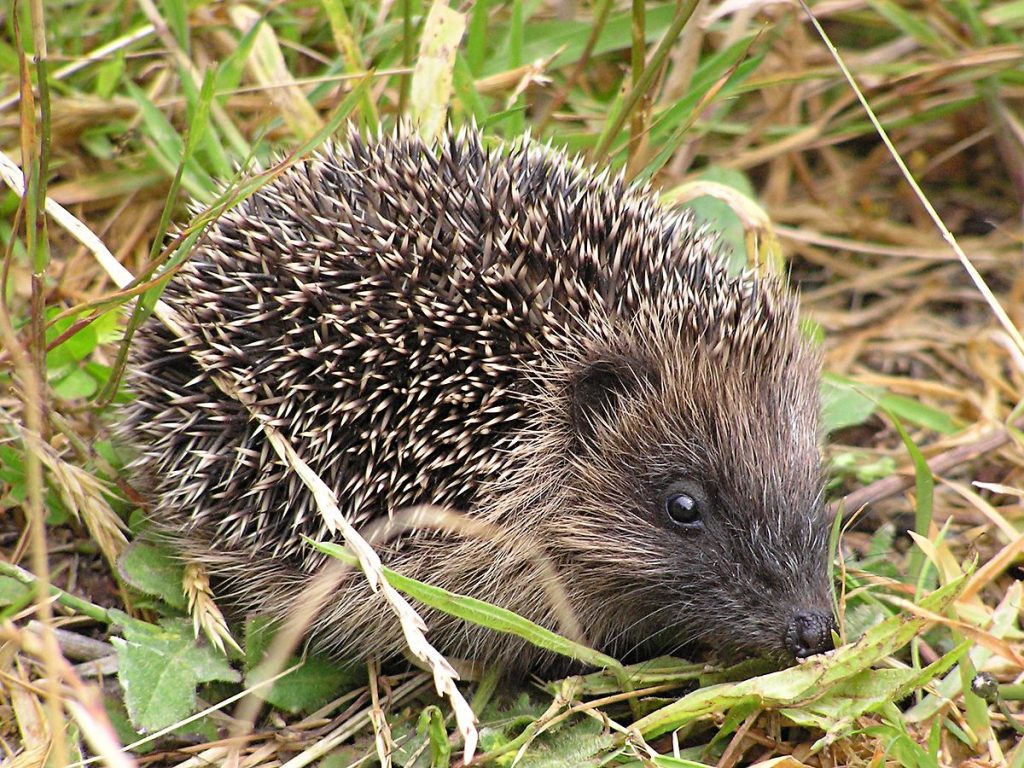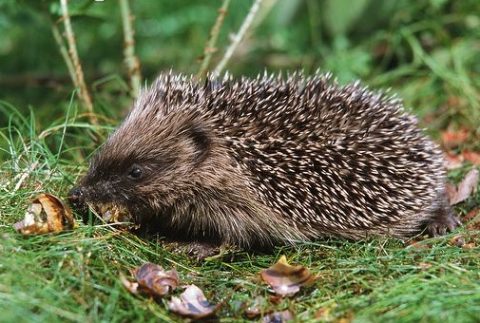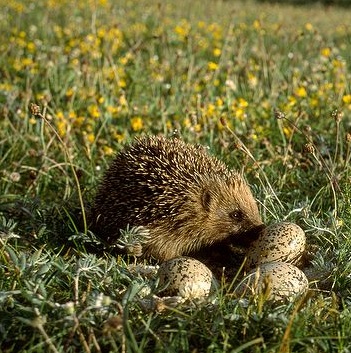Nature’s Voice: The dark side of Mrs Tiggy Winkle
Discussions on importing hedgehogs, a nocturnal mammal, into New Zealand took place as early as 1868. The first recorded European hedgehogs (Erinaceus europaeus occidentalis) were imported by the Canterbury Acclimatisation Society in 1870. Apparently, this was to remind settlers of their homeland. Later, greater numbers were brought into New Zealand to control garden pests such as introduced slugs, snails and grass grubs.

A young hedgehog in New Zealand (Photo from Wikipedia)
In the early years of last century hedgehogs were mythologised through Beatrix Potters famous children’s story ‘The Tale of Mrs Tiggy-winkle’ (1905). Ever since then hedgehogs, at least in the English speaking world, have been romanticised as ‘nice’ useful grub-eating animals which do no harm.
The ship Waimate, arrived from London after a ninety-one days passage in Lyttelton on 17 December 1881. It brought 68 passengers, two horses, six sheep, besides some ducks, hedgehogs and dogs. On 26 September 1883, Christchurch based Robert Wilkin wrote to the editor of the Timaru Herald, in response to an article in the paper about a hedgehog having been found on a farm near Pleasant Pont: “I received six hedgehogs from England in December 1881, and turned them out into my garden, but they soon strayed away; —, I think it is an impossibility that one could have travelled from Christchurch to Pleasant Point, and therefore, if the one found there belongs to my lot, it must have been taken by some one who had found it near my place.”
Since that time, it is known that hedgehogs indeed travel up to three km a night. Surprisingly, they are also good climbers and swimmers. Who knows whether the hedgehogs hitchhiked or came by foot to South Canterbury?

A hedgehog with the remains of a snail (Photo by Paul Hobson)
However, there is another side to ‘Mrs Tiggy-winkle’, which she has kept well hidden for decades, at least in this country. Undoubtedly, hedgehogs have voracious appetites. It is estimated that they can eat 160g of invertebrates per day which equates to around 60kg per year. They feed on: lepidopteran (butterflies and moths) larvae, earwigs, beetles, spiders, grass grub beetles, millipedes, slugs, snails and earthworms.
Furthermore, they kill native weta; lizards; Cromwell chafer beetle and feed on the eggs and chicks of endangered ground-nesting native birds such as black fronted tern and banded dotterel. Significant predation of native birds has been clearly proven by DOC with time-lapse video footage. It is through their “cute snuffle” that hedgehogs find and kill their prey, that is by supersensitive smell.

A hedgehog eats oystercatcher eggs.
The proof that ‘Mrs Tiggy-winkle’ is one of New Zealand’s most voracious and common threats to indigenous wildlife and invertebrates is seen in the figures from predator control work in the Tasman riverbed in the Mackenzie Country by the Department of Conservation. In trying to provide safe nesting and breeding areas for the endangered kaki (black stilt) and other fauna, DOC revealed the following numbers of animals have been caught over the 2015/16 year: 456 hedgehogs, 404 stoats, 272 cats, 43 ferrets, 27 weasels, 26 rats and 19 possums. This is in just one riverbed! During the cooler months, hedgehogs also prey on geckos and lizards when these are slower and easier to catch.
Reduced invertebrate numbers directly impact on many native insectivores, such as geckos, lizards and birds, including kiwis. Invertebrate populations decline and as a result it becomes harder to find a meal.
Hedgehogs have relatively few enemies, weka and pukeko may prey on nestlings. Wild pigs, cats and dogs may predate them, while Australian harrier hawks scavenge on hedgehogs killed on roads.
Ines Stäger is a landscape architect based in Geraldine, a board member of the Royal Forest & Bird Protection Society and a committee member of the local branch.
